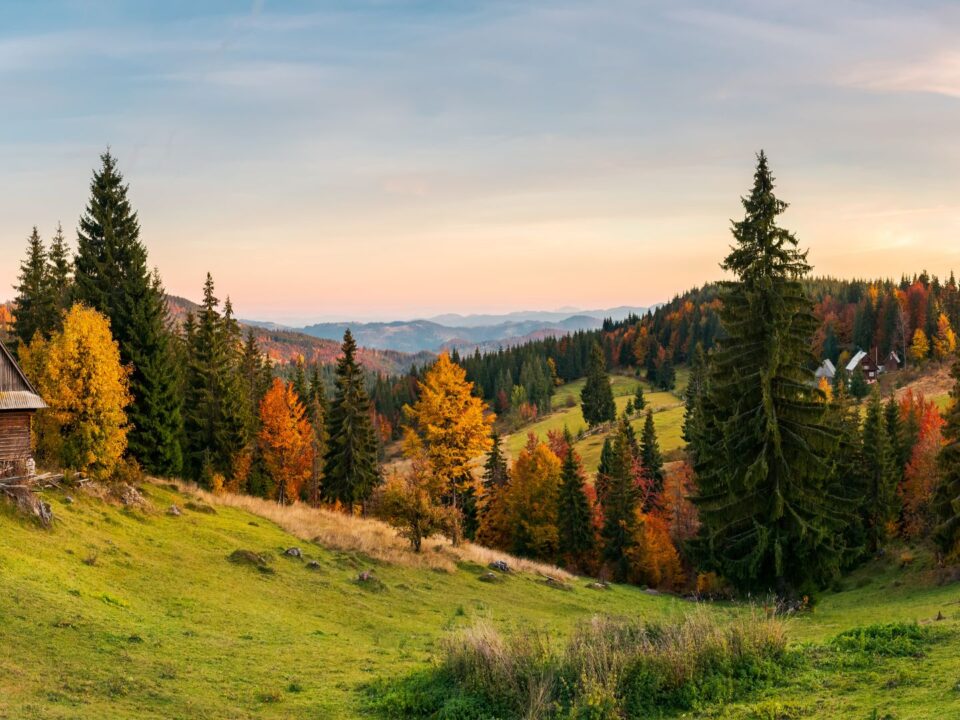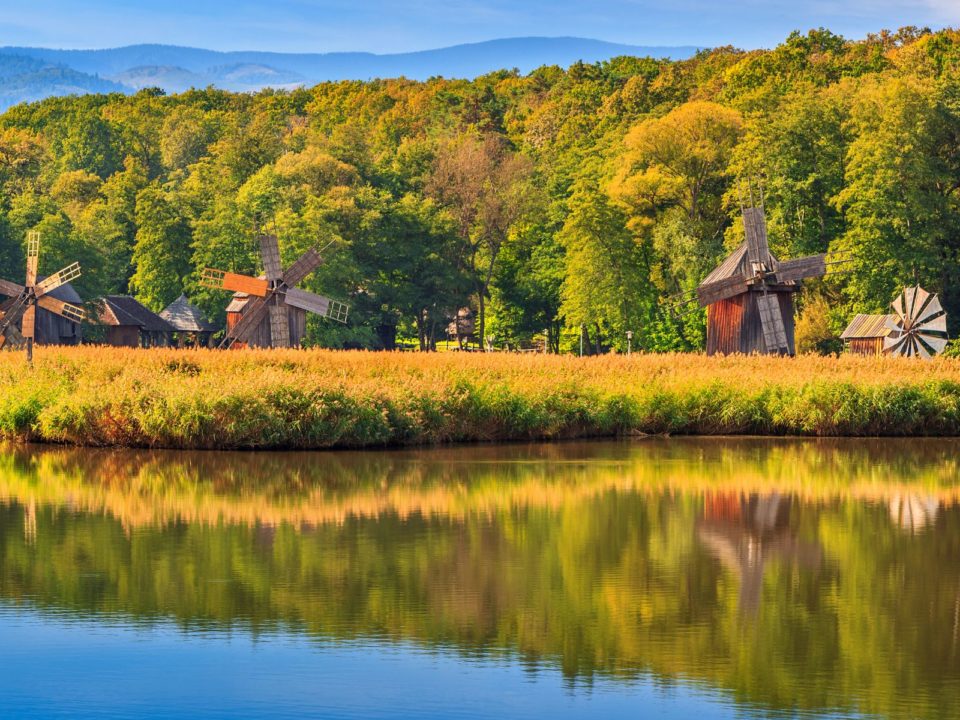
Romania – Un Underrated Ski Destination In Europe
December 8, 2022
Traditions And Superstitions On New Year’s Eve In Romania
December 30, 2022The written history of Sighisoara begins in 1280 when it is mentioned in a document called Castrum Sex. A century had passed since settlers from Flanders, Moselle, or Saxony had started to settle in the area between the Târnave rivers and the Carpathians, fleeing from their country of origin and helped by the kings of Hungary to settle here and ensure the protection of the border.
In 1241-1242 there was the great Tatar invasion with lots of destruction, followed by a period of regression. The fact that in 1280 Sighisoara was a small fortress and that the order of Dominican monks founded a monastery here, shows that the settlement already had an important role and, of course, it had been founded before 1280.
The inhabitants of the medieval city were from the beginning tradesmen organized in associations (guilds). Most guilds and cheesemakers are specified after the year 1400: shoemakers, coopers, locksmiths, wood turners, blacksmiths, furriers, weavers, painters, spinners, goldsmiths, tailors, etc.
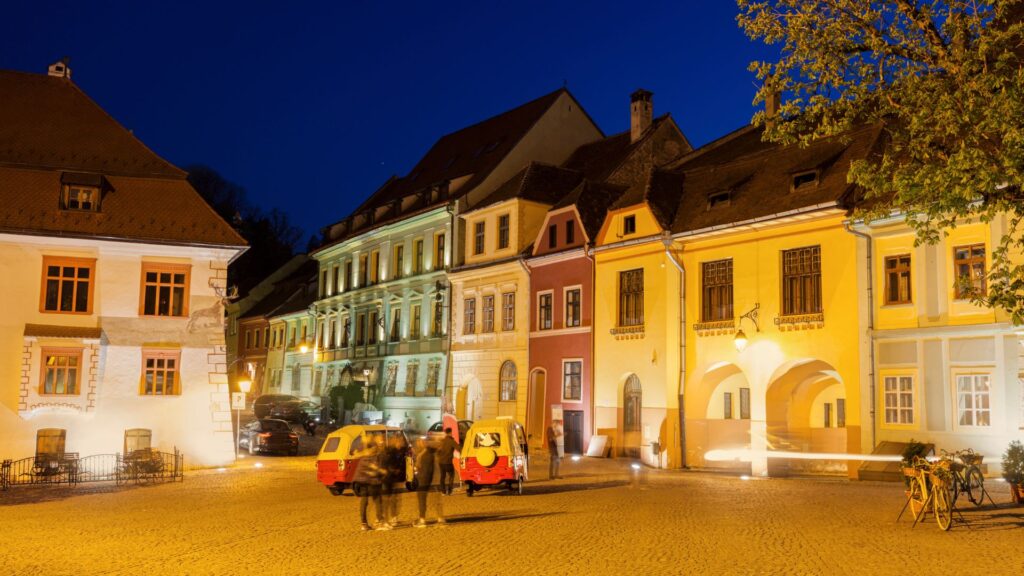
The most important settlements in Transylvania had the right to weekly fairs. In Sighisoara, the fair was on Wednesday, the only day of the week when the population from the villages had the right to come to the city. The gates of the citadel were guarded by halberdiers and there were all kinds of inscriptions warning about correctness.
Theft, fraud, false weights, and selling low-quality products were punished on the spot. The culprits were imprisoned or made to ride the wooden donkey, with two heavy weights tied to their legs. Sighisoara had the right to three big annual fairs, in which most of the towns in the area participated.
Therefore, the medieval atmosphere and the old order of the guilds based on honor and quality were maintained in Sighisoara until late, when the first factories appeared, with which the old guilds could no longer compete, and they gradually left history.
For the inhabitants of Sighisoara, the most difficult period was between the years 1601-1676, almost a century full of natural disasters, wars, robberies, plagues, and fires.
In 1601, a Szekler army manages to treacherously enter the citadel, taking advantage of the mayor’s absence. The Szeklers drove out the inhabitants, and temporarily changed the name of the city to Nemesvar, occupying the city for a year, after which they left it, leaving behind a lot of damage.
In 1612, there was another attempt to occupy Sighisoara. A captain of Prince Bathory, together with 600 outlaws, set up camp near the citadel with the intention of entering it by trickery. But this time all the armed citizens were on duty and the outlaws gave up and left. Earthquakes followed, pestilence (plague epidemic), and fires.
The most dramatic event in the history of the city remains the fire of April 30, 1676, when in a few hours, due to a strong wind, the fire engulfed Orasul de Jos (the Lower City), the citadel, and all the surroundings. The damage was huge and many residents had the intention of leaving the city for good.
The medieval history of Sighisoara ends at the end of the 19th century, leaving us a legacy, a city museum, unique in central and south-eastern Europe, which we are learning to appreciate and preserve.
The best places to see in Sighisoara
Turnul cu Ceas (The Clock Tower)
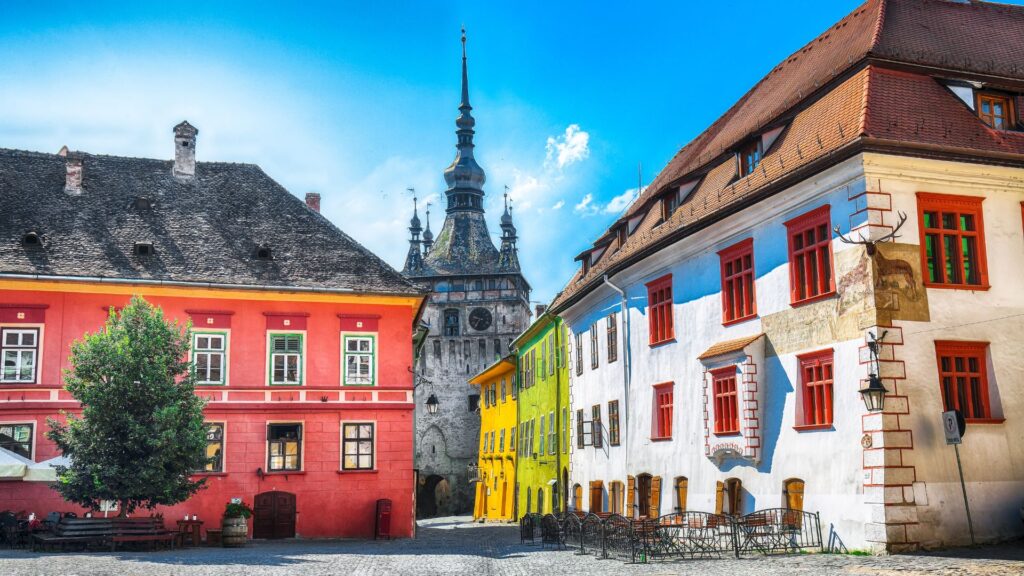
A symbol of public authority in the past, and now of the city of Sighişoara, the Clock Tower is one of the most expressive monuments of military architecture in Transylvania, Romania.
Biserica din Deal (The church on the hill)
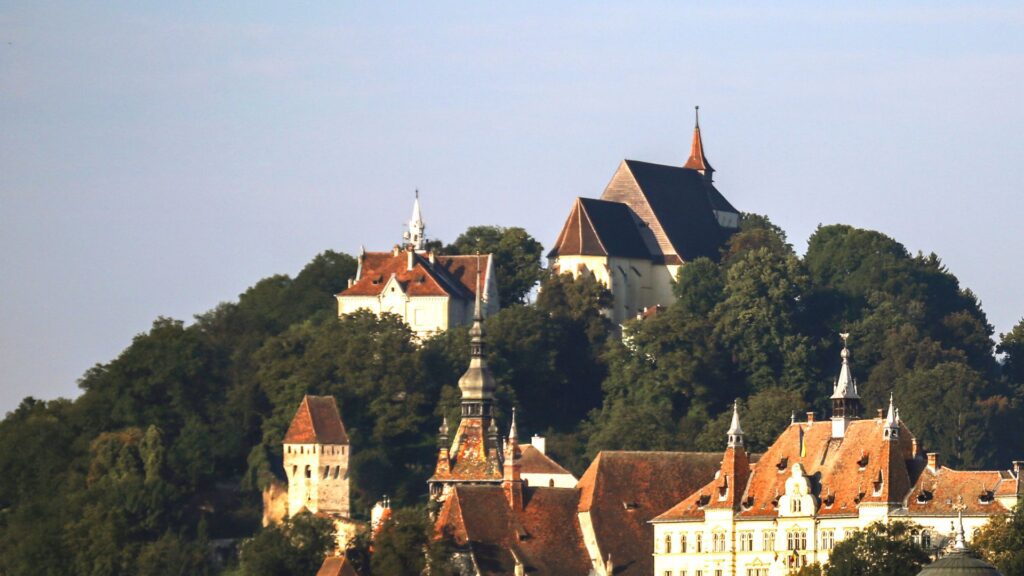
It is an Evangelical Church that was built in several stages between 1345-1525. Dedicated to Saint Nicholas, it is located at the top of what is known today as Dealul Scolii (the School Hill).
On the top of Dealul Scolii, where the Church of Deal is now located, there was an earthen fortress with ditches and waves reinforced with palisades since prehistoric times, enlarged by the Scythians and destroyed by the Tatars, then demolished by the Saxons to make way for a medieval fortress of stone with the role of refuge for the settlement on the hill.
Biserica Manastiri (The Church of the Monastery)
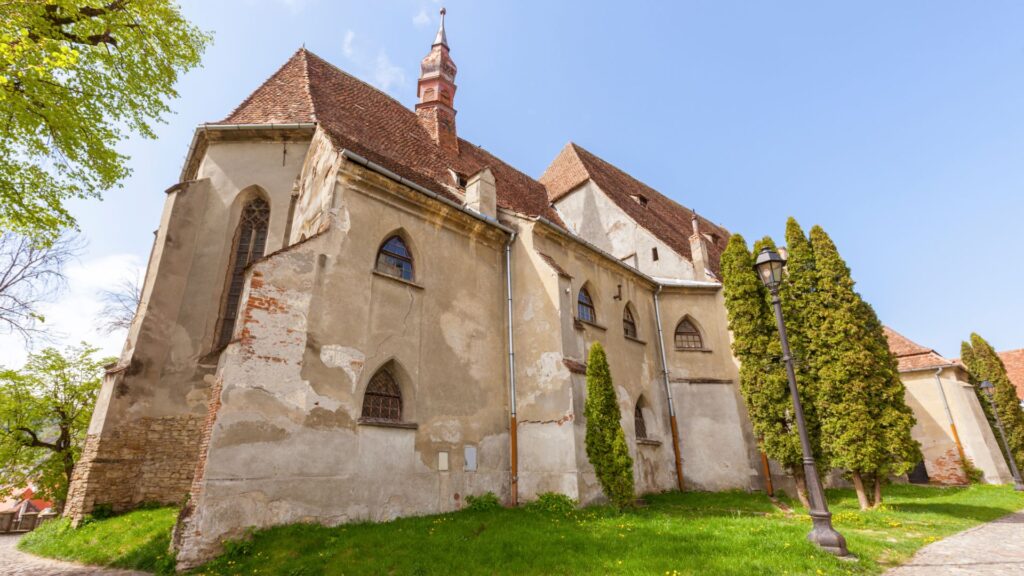
The Dominican monastery in Sighisoara is documented from 1298, in a Pope Boniface VIII letter.
Scara Acoperita (The Covered Staircase)
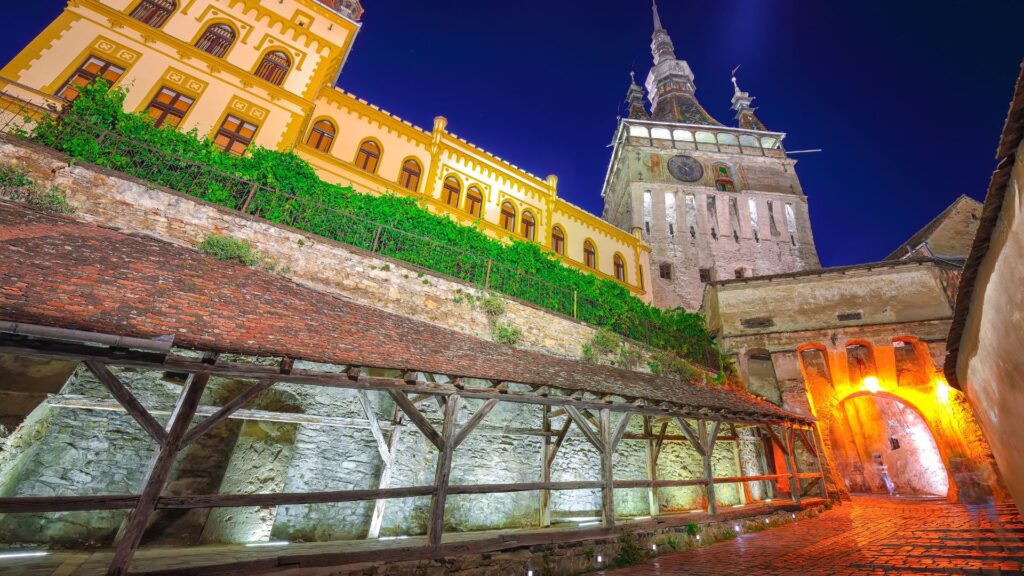
The covered staircase with 300 steps was built in 1642. It was covered to protect the children, who followed this path to the J. Haltrich high school. Following the changes of 1849, only 175 steps remained.
Find out more about Sighisoara in this guided walking video tour.

